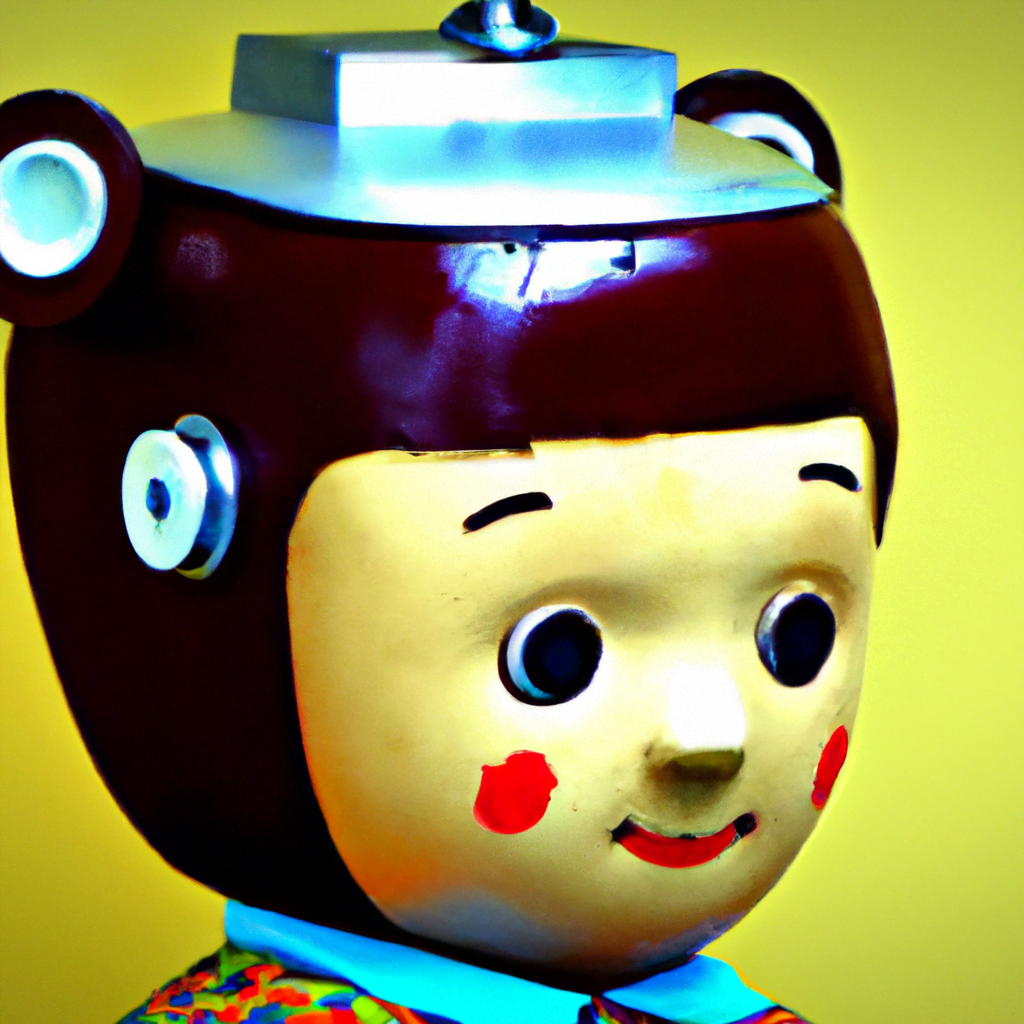AI-Driven Design Inspiration Platforms and Tools
Artificial Intelligence (AI) has revolutionized various industries, and the world of design is no exception. Designers often seek inspiration to create innovative and visually appealing designs. Traditionally, designers relied on their own creativity and external sources such as books, magazines, and websites for inspiration. However, with the advent of AI-driven design inspiration platforms and tools, designers now have access to a vast array of design ideas and resources at their fingertips. In this article, we will explore the benefits and capabilities of AI-driven design inspiration platforms and tools, and how they are transforming the design industry.
The Rise of AI in Design
AI has made significant advancements in recent years, enabling machines to perform complex tasks that were once exclusive to human intelligence. In the design field, AI has been leveraged to automate repetitive tasks, enhance creativity, and provide designers with new sources of inspiration.
Design inspiration platforms and tools powered by AI algorithms analyze vast amounts of data, including images, colors, patterns, and typography, to generate design ideas and recommendations. These platforms use machine learning techniques to understand design trends, user preferences, and historical data to provide designers with personalized and relevant suggestions.
The Benefits of AI-Driven Design Inspiration Platforms and Tools
AI-driven design inspiration platforms and tools offer numerous benefits to designers, including:
- Efficiency: AI algorithms can quickly analyze and process large amounts of data, saving designers valuable time and effort in searching for design inspiration.
- Personalization: AI algorithms can learn from a designer’s preferences and provide personalized design recommendations based on their unique style and past work.
- Diverse Design Ideas: AI-driven platforms can generate a wide range of design ideas, helping designers explore new concepts and break free from creative blocks.
- Enhanced Creativity: By providing designers with a wealth of design inspiration, AI-driven tools can spark creativity and encourage innovative thinking.
- Consistency: AI algorithms can ensure design consistency by analyzing existing design assets and providing recommendations that align with a brand’s visual identity.
Examples of AI-Driven Design Inspiration Platforms and Tools
Several AI-driven design inspiration platforms and tools have emerged in recent years, each offering unique features and capabilities. Let’s explore some notable examples:
1. Dribbble
Dribbble is a popular online community for designers to showcase their work and find inspiration. The platform recently introduced an AI-powered feature called “Color Search,” which allows designers to search for design inspiration based on specific colors. By leveraging AI algorithms, Dribbble can analyze millions of design assets and provide designers with color-specific recommendations.
2. Canva
Canva is a widely used graphic design platform that offers a range of design tools and templates. Canva’s AI-driven design tool, “Magic Resize,” automatically adjusts designs to fit different formats and sizes, saving designers time and effort. The tool uses AI algorithms to analyze the design elements and intelligently resize and reposition them while maintaining the overall aesthetic.
3. Adobe Sensei
Adobe Sensei is an AI-powered framework developed by Adobe, the industry leader in design software. Sensei is integrated into various Adobe products, including Photoshop and Illustrator, to enhance the design process. For example, Sensei can analyze an image and automatically suggest color palettes based on the content, making it easier for designers to choose harmonious color schemes.
Case Studies: AI in Design Inspiration
Let’s explore a couple of case studies that demonstrate the impact of AI-driven design inspiration platforms and tools:
1. Airbnb
Airbnb, the popular online marketplace for vacation rentals, leveraged AI to redesign their logo. The company used an AI-driven design inspiration platform to analyze thousands of design assets and identify design trends in the travel industry. This analysis helped Airbnb create a logo that resonated with their target audience and reflected the essence of travel and exploration.
2. Pinterest
Pinterest, a visual discovery platform, implemented AI algorithms to improve their design recommendations. By analyzing user behavior and preferences, Pinterest’s AI-driven system can suggest personalized design ideas and inspirations to its users. This has significantly enhanced the user experience and increased user engagement on the platform.
The Future of AI-Driven Design Inspiration
The potential of AI-driven design inspiration platforms and tools is vast, and the future looks promising. Here are some potential developments we can expect:
- Advanced Style Transfer: AI algorithms can learn from a designer’s style and automatically generate design ideas that align with their unique aesthetic.
- Real-Time Collaboration: AI-driven platforms can facilitate real-time collaboration between designers, allowing them to work together seamlessly and exchange design ideas effortlessly.
- Augmented Reality (AR) Integration: AI-powered AR tools can overlay design inspirations onto the real world, enabling designers to visualize and refine their ideas in a more immersive and interactive manner.
- Enhanced Accessibility: AI-driven design tools can make design accessible to a wider audience by automating complex tasks and providing intuitive interfaces.
Summary
AI-driven design inspiration platforms and tools have transformed the design industry by providing designers with efficient, personalized, and diverse sources of inspiration. These platforms leverage AI algorithms to analyze vast amounts of data and generate design ideas that align with a designer’s style and brand identity. With the continued advancements in AI technology, we can expect even more exciting developments in the future, empowering designers to create innovative and visually stunning designs.
